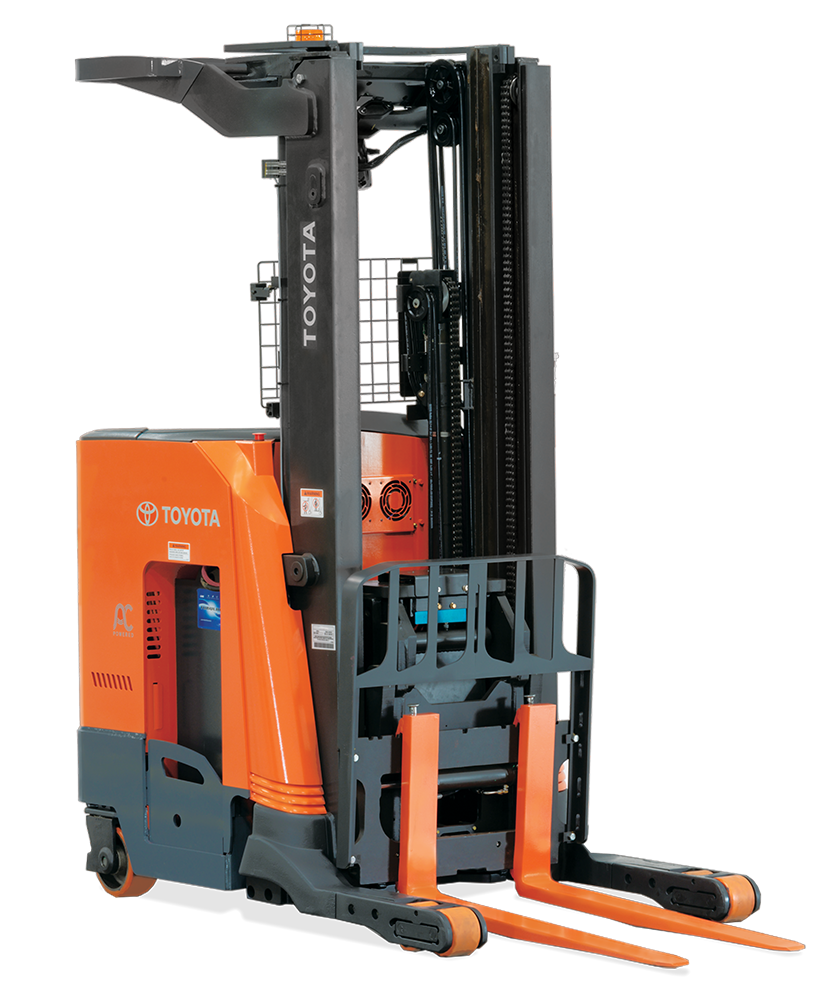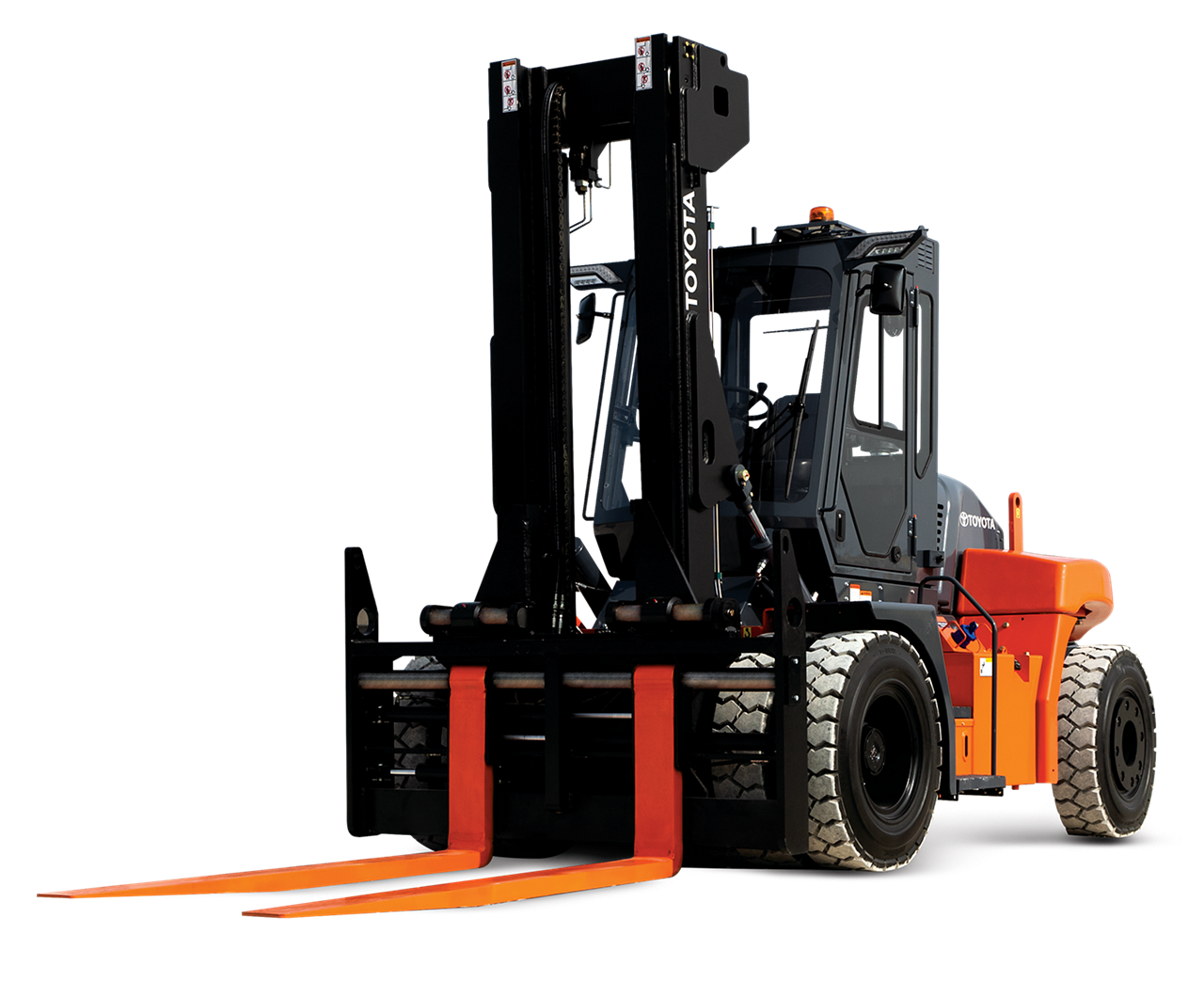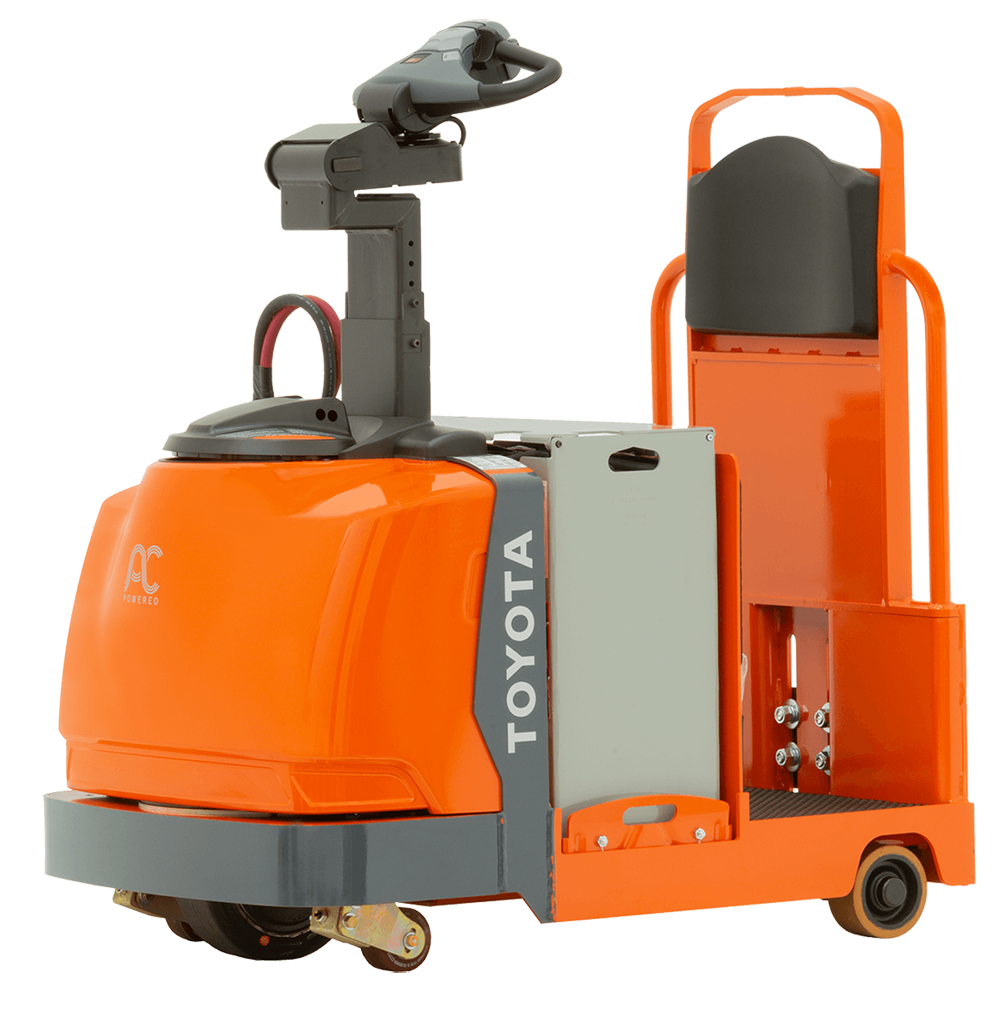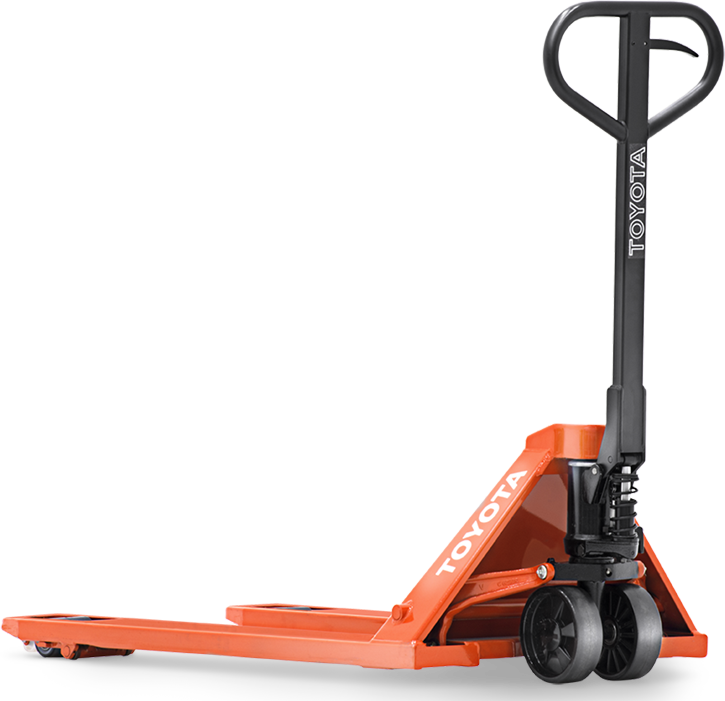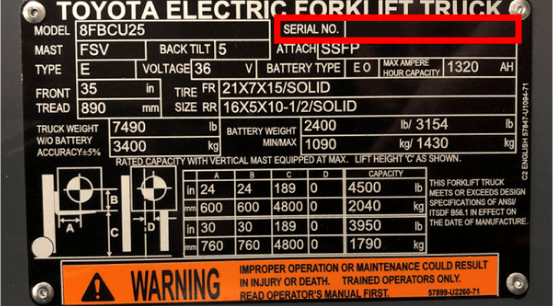Please click below to sign in to your MyToyota account
Toyota Lean Management: Managing Shared Vision at Every Level

Many companies aspire to lean management, seeking its clear impact on efficiency and productivity in manufacturing. But the impact of Toyota Lean Management, the core set of practices that drive the success of our manufacturing, reach far beyond the manufacturing floor. In fact, when you accept Toyota Lean Management practices as they are intended, the practices permeate every aspect of your business – and that’s because true lean management success depends on an adjustment of attitude and approach at every level. Success in TLM is led by the strategic vision of management and spreads throughout your business offices, your warehouse floor, your distribution, and, yes, your manufacturing facility.
To help you see the influence of true Toyota Lean Management principles throughout your business, and to help you recognize how to carry this classic driver of manufacturing success into other departments, remember the following TLM practices.
It starts with “Big Dreams” – The Value of Hoshin Kanri
When you take on Toyota Lean Management as your core management philosophy, the importance of Hoshin Kanri, or “big dreams”, that are shared, understood, and championed throughout the organization are vital to success. Practicing Hoshin Kanri means making sure the individual departments and associates in your organization understand the strategic vision of management – and are working toward that vision as a common goal. Three important aspects of this show how the practice will permeate all departments beyond manufacturing.
- Hoshin Kanri relies on visual management – You have to actually show and chart the management vision through visual and easily digestible signals, including tracking boards and presentations that are public. Engineers will need to be able to see it. So will assembly line workers. And so will accountants and sales staff.
- Hoshin Kanri prioritizes associate development as much or more than goal attainment – with the idea that, in order to achieve strategic goals, people must develop and be empowered to achieve them. Successful businesses manage through a shared vision and shared professional growth by every person, every day.
- Many management philosophies are about running a business. Hoshin Kanri is about changing the business in a way that empowers associate success. And everyone, in every department is a part of that change.
Yokoten – Sharing Successful Process for Common Learning
You can learn extensively how to improve processes using 5s practices from other pieces on our blog. But a key aspect of helping Toyota Lean Management permeate your business is “Yokoten” – Japanese roughly translated as “best practice sharing.” Yokoten captures the idea of horizontal, peer-to-peer, transfer of information and knowledge across an organization, with expectation of consequently sharing that knowledge.
In easier terms, when a process has proven to be successful in one area of the business, such as manufacturing, it is the expectation that the successful process will be shared with other departments – pricing, for example. Now, you may wonder – what does manufacturing have to do with pricing? Just because two business units seem to have two vastly different functions, does not bar some of their processes from being reflected in one another. Also, one department may take key learnings from another. In addition, if you are practicing Hoshin Kanri, both departments should be working toward the same strategic goal and need to learn each other’s practices to best coordinate.
These two practices, Hoshin Kanri and Yokoten, are vital components of a company’s lean journey – but they are by no means the only ones. Authorized Toyota dealers are standing by to help you understand how to transform your organization into a lean machine.




